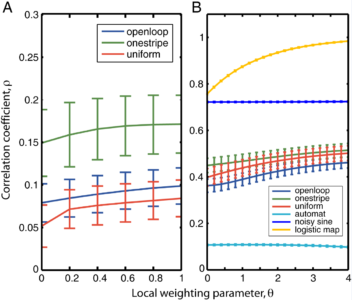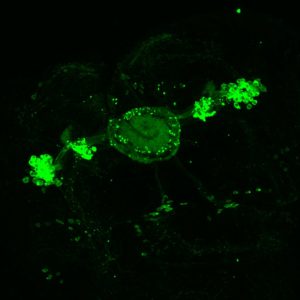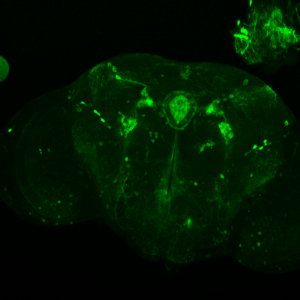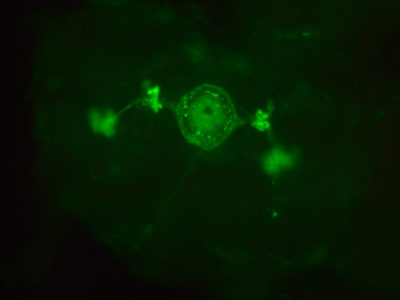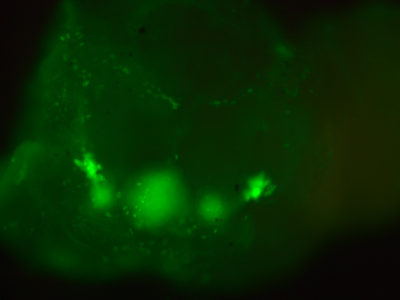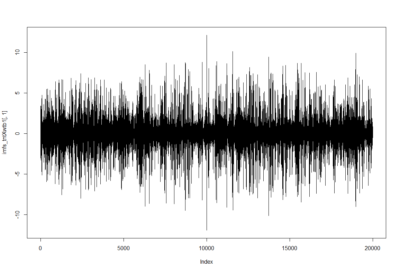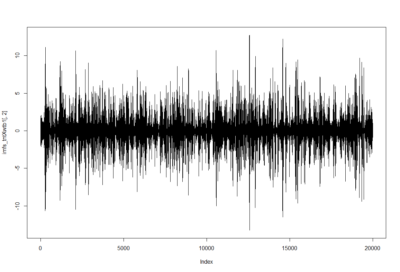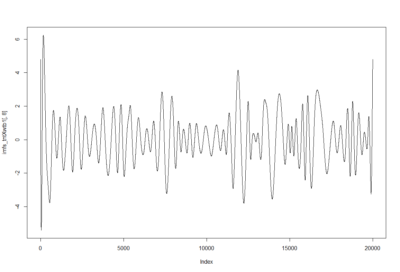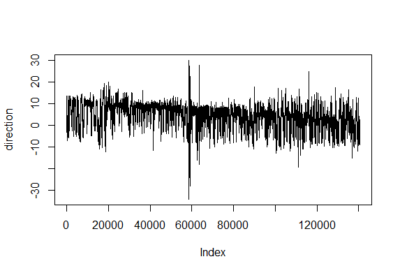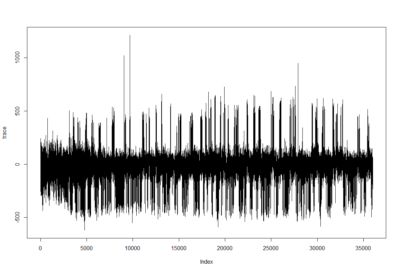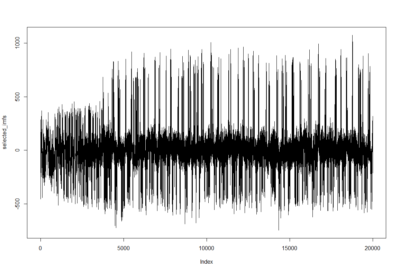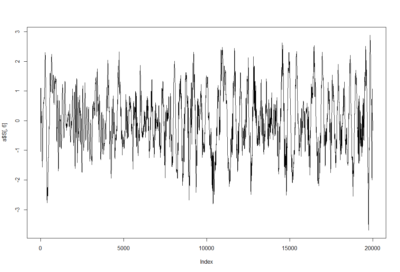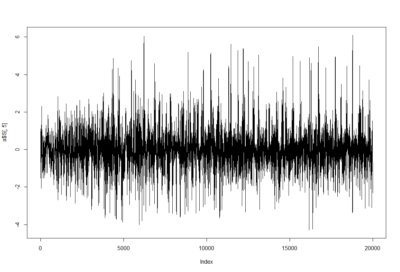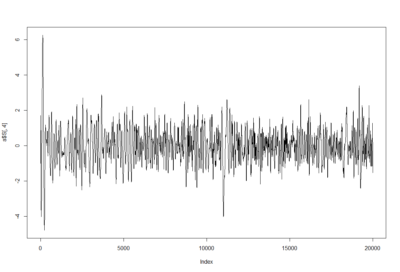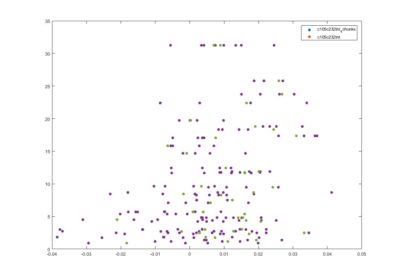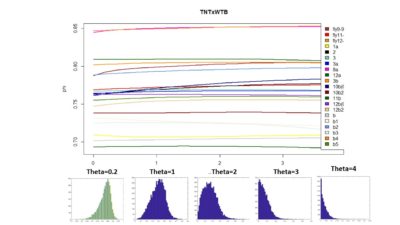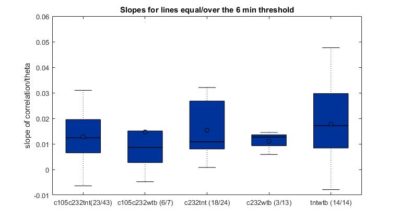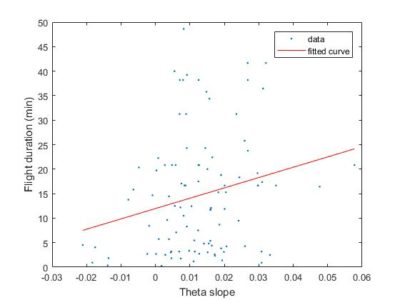Experiment Update
on Monday, July 16th, 2018 1:46 | by Anokhi Kashiparekh
> Worked on the ping pong ball machine in the last week.
IMG_2907 (1)
The text file looks something like this: Not very sure how to interpret it because there is no column header.
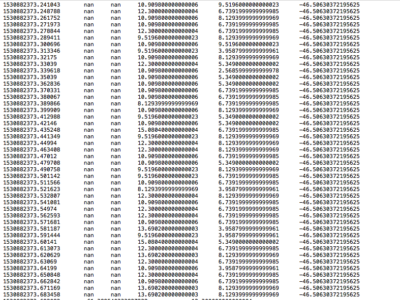
> Did not find any RU486 fly lines in the Brembs fly stock.
What is RU486 and why are we using it? It is a conditional transactivation method that gets activated when introduced with Mifepristone/RU486 and works on the UAS promoter (Roman et al, 2001).

The genes we are knocking down:
1) SERCA gene
2) Ryr gene
Category: open science, Spontaneous Behavior | No Comments
Sathish scripts in my hands are reproducing results
on Friday, May 18th, 2018 3:34 | by Christian Rohrsen
This is a picture of the supplemental figure from Maye et al. 2007
Below the results from the sathish scripts running on the data from Maye et al. 2007. It matches, so Sathish scripts in my hands work fine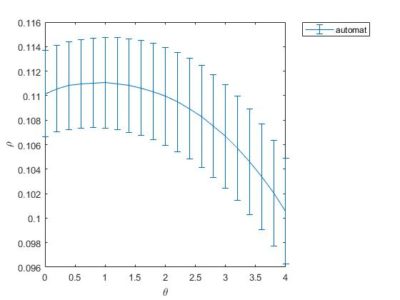
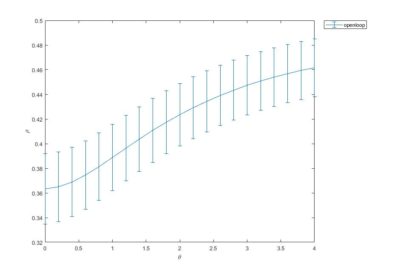
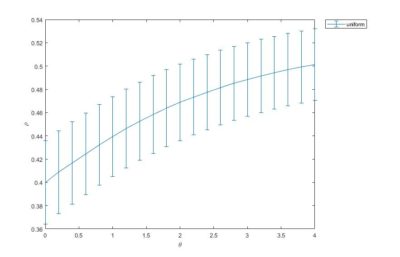
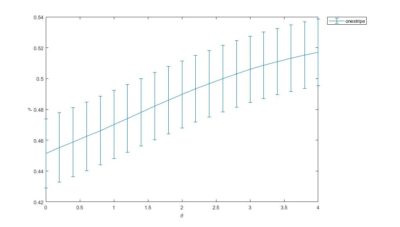
Category: flight, Spontaneous Behavior, strokelitude | No Comments
Confocal images and boxplots from my results in strokelitude
on Tuesday, May 15th, 2018 12:26 | by Christian Rohrsen
Confocal image MAX stack of one of the brains at 20x
and at 40x
In this link we have a video of a 3D stainning pattern zoomed_CC
In addition I add here teh boxplots from the final results of the Ping Pong ball setup with these experiments 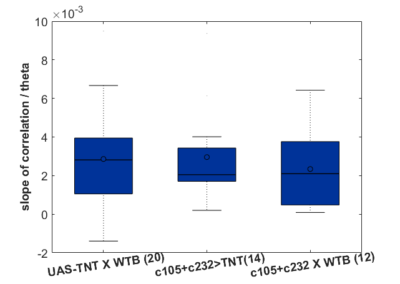
Category: Anatomy, flight, Spontaneous Behavior, strokelitude, WingStroke | No Comments
Stainning c105;;c232
on Monday, May 14th, 2018 11:22 | by Christian Rohrsen
The first figure shows each of the central complex ring neurons types (Martín Pena et al., 2014). The c105-G4 targets the R1 neurons and the c232-G4 targets the R2 and the R4d neurons
This is the c105-G4 stainning from Martín Pena et al., 2014
232-G4 stainning from Kahsai et al., 2012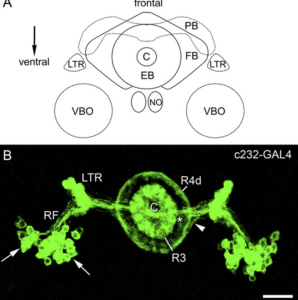
Axel stainning from c232-G4 alone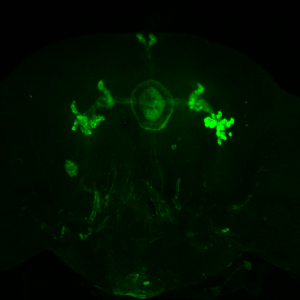
Axel stainning from c105-G4 alone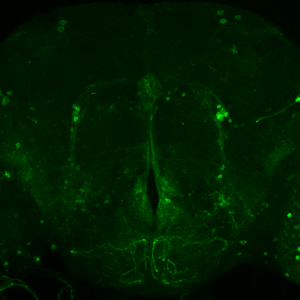
Axel stainning from both drivers together. I would say it really contains both driver lines.
This are both driver lines together as well from Axel. To me it seems that only c105 is present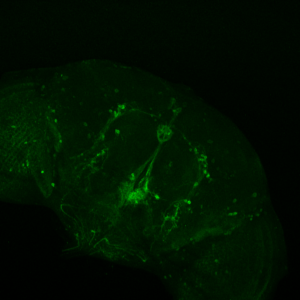
This are my stainnings at the fluorescence microscope (no confocal). This is to show that in all of the 10-12 brains I have looked at, they all had the c232 pattern present
In addition, they had many more neurons outside from the central complex which I believe belong to the c105-G4 line. This is my only proof to show that c105 is also present, since the R1 neurons seem to be hidden when R2 neurons are stained.
I was also looking to the youtube video you have online, Björn. To me it seems I can only see the R1 ring neuron from the c105
Category: Anatomy, flight, Spontaneous Behavior | No Comments
Nonlinearity is present the fast timescales
on Wednesday, April 4th, 2018 3:38 | by Christian Rohrsen
After performing EMD to 6 fly traces of 20000 data points (that is 1000 sec flight) for each group (tntXwtb; c105;c232>tnt; c105;c232Xwtb). This data size was chosen to reduce computing time of the SMAP procedure. The EMD decomposes the trace into different time scales in nonstationary data. It seems that the nonlinear behavior occurs at the first IMF (the fastest time scale) and a bit in the second IMF. The potential conclusion to this is that the behavior of the the fly is only unpredictable at the fast movements whereas slow movements are very predictable. Nevertheless, to be cautious it could be that this fastest timescale is just noise, and that this noise is nonlinear. I would say that there is no difference at any time scale between groups (pay attention to the different ranges in the Y-axes), so the ring neurons R1, R3, R4d do not have any effect. 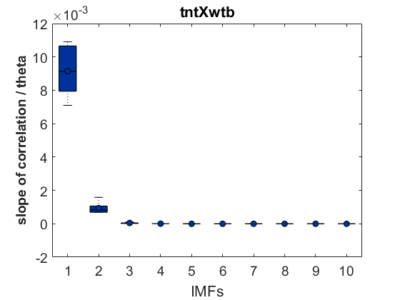
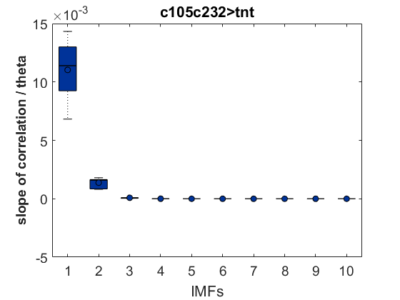
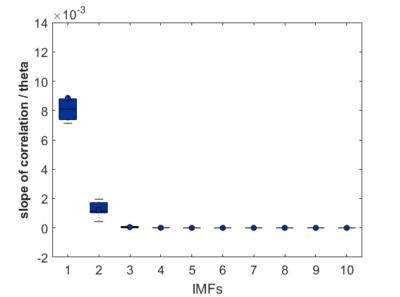
As a groundtruth I have used the same analysis pipeline for the traces in the uniform arena from Maye et al. 2007. Here the effect is even more pronounced at the fastest time scales. So I will conclude that this is real fly behavior and not noise that is shared among both setups: the Ping pong ball machine and the torquemeter.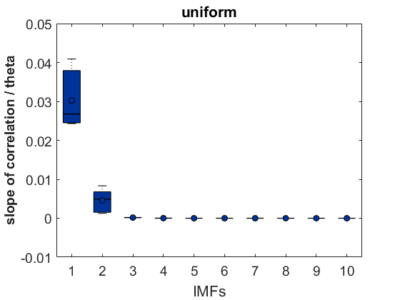 In order to gain more insights into the underlying flight structure I took one random flight trace to explain a few observations. The x-axis is the theta (that actually goes from 0-4 in steps of 0.2 and therefore we see the 21 points), in the y-axis is the correlation of the prediction to groundtruth. We see that IMF has a bigger slope, but not only that, also that its prediction correlation is around 0.88, whereas lower timescales prediction is basically perfect. That is, fast time scales are not only more nonlinear but also less unpredictable. This pattern is repeated in every fly measured
In order to gain more insights into the underlying flight structure I took one random flight trace to explain a few observations. The x-axis is the theta (that actually goes from 0-4 in steps of 0.2 and therefore we see the 21 points), in the y-axis is the correlation of the prediction to groundtruth. We see that IMF has a bigger slope, but not only that, also that its prediction correlation is around 0.88, whereas lower timescales prediction is basically perfect. That is, fast time scales are not only more nonlinear but also less unpredictable. This pattern is repeated in every fly measured
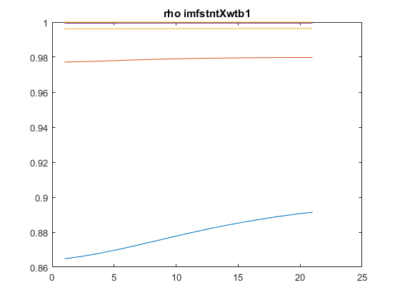 To have an impression of how these IMF resultant traces look like: IMF1, IMF2 and IMF8
To have an impression of how these IMF resultant traces look like: IMF1, IMF2 and IMF8
Category: Spontaneous Behavior, strokelitude, WingStroke | No Comments
Just creating cartesian traces from polar coordinates
on Tuesday, March 27th, 2018 5:10 | by Christian Rohrsen
This is for the sake of playing and curiosity. I made out of these two traces a modelling of their flying trace in a 2D world. Direction is right wing amplitude – left wing amplitude and distance flown is dependent on the sum of both (more amplitude of both, more forward thrust). Funny enough, the second one looks kind of fractal, which is characteristic of chaotic behaviors. If there is any comment to add to this new visualization, all ears!
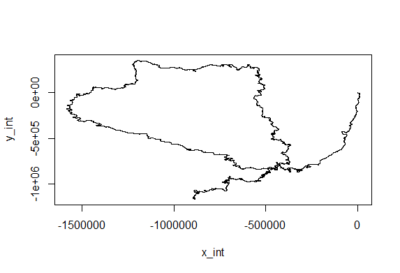

Category: Spontaneous Behavior, strokelitude, WingStroke | No Comments
EMD with ICA to one sample of torque trace
on Monday, March 19th, 2018 2:35 | by Christian Rohrsen
Trace segment from Maye et al. 2007 in the uniform arena
Trace after filtering by selecting the first 8 IMFs (intrinsic mode functions) from EMD (empirical mode decomposition). Since the signal should be quite clean I do not take out the first IMFs. The last IMFs, however, are too slow and change the baseline to much
Some examples of the IMFs obtained from EMD: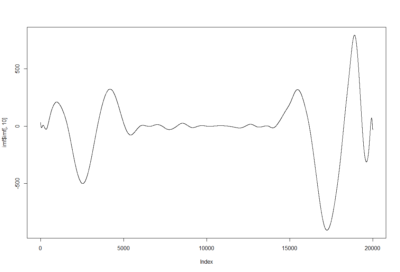
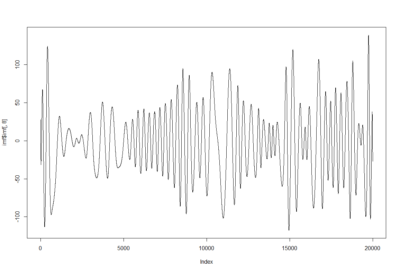
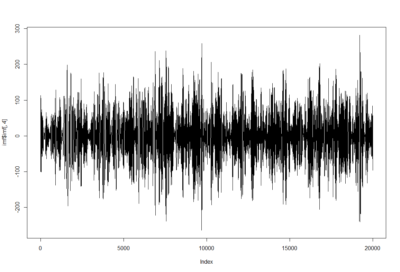
Since this is separating behavior adapting to the data intrinsic time scales I am now thinking of analysing with the SMAP algorithm to see if the behavior is more or less nonlinear at certain time scales.
In addition, I have thought of using ICA (Independent component analysis), that is an algorithm famous for the blind source separation problem by extracting the most independent signals from the input signals (in this case the IMFs which are different time scales of the behavior). So the ICs should consist of mixes of different time scales that are correlated together and thus belong (but not necessarily) to the same action/movement module/… Here a few ICs (from 10). My idea is that muscles might coordinate independently between ICs but coordinated within ICs. However to prove that is not that easy I guess
Category: flight, R code, Spontaneous Behavior | No Comments
quality test before strokelitude experiments
on Monday, January 29th, 2018 12:40 | by Christian Rohrsen
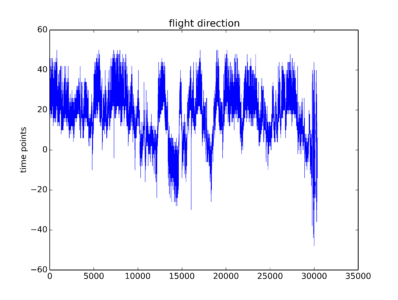 Some traces from this week just so that you have an idea how do they look like. To me they are not the optimal traces I expected. But one can see some signal there. I will start the screen hoping to get enough good traces without too much work.
Some traces from this week just so that you have an idea how do they look like. To me they are not the optimal traces I expected. But one can see some signal there. I will start the screen hoping to get enough good traces without too much work.
what do you think is the best quality control for accepting a trace for the analysis or not. I was thinking the 3D mapping gives a good hint but without quantification.
In addition I was writting to Andi Straw to solve the issue of running two cameras in the same computers, but now answer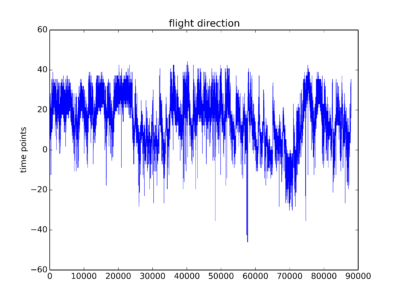
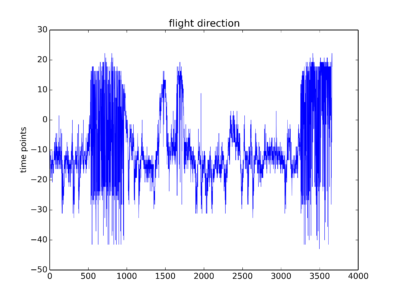
Category: crosses, flight, genetics, Spontaneous Behavior, strokelitude, WingStroke | No Comments
Better analysis of slope dependence on flight length and further insights in the SMAP code
on Monday, December 4th, 2017 1:02 | by Christian Rohrsen
This is another way of showing how the slope of the SMAP analysis varies with length. I have choped the time series in 4 chunks and saw what was the slope for the chunks and for the whole time series. I think this is the best statistical way of doing it, it should not depend on what line was tested. I cannot see any effect.
Here below is just to show what I found out in the code. What I thought that theta was controlling for nonlinearity in the model, for me it seems rather a control for under- overfitting in the model. So I might need to read the paper and see what do they say, and if it is the same as what I found out in the code.
Category: flight, Spontaneous Behavior, strokelitude, WingStroke | No Comments
Do not agree with Sathish?
on Monday, November 27th, 2017 2:43 | by Christian Rohrsen
So this is the final graph assuming that 20Hz is the sampling rate. Sathish was not sure what it was and he said he will check.
To have a better overview how the length of the flight compares with the slope obtained from the SMAP. There is no big correlation whatsoever with around 100 flies. Sathish found this in his thesis with data from seventy something WTB, but to me it seems like an anecdotal result.
Here the same as above, just for showing the fit line.
Category: flight, Spontaneous Behavior, strokelitude, WingStroke | No Comments

